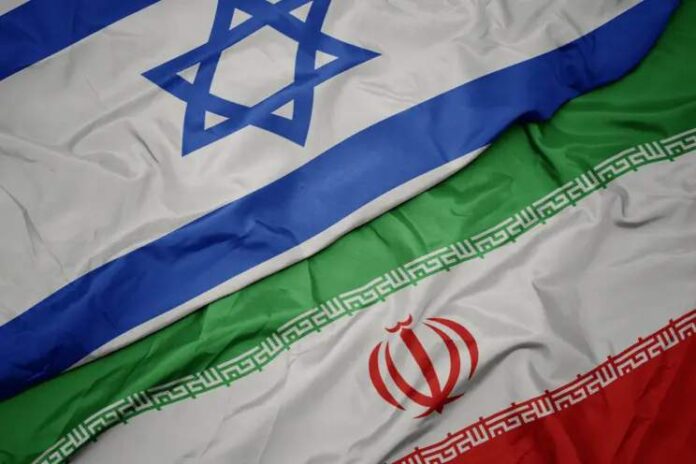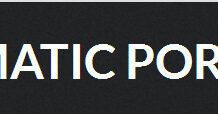Four hundred and fifty million. That’s the number of times social media users across the globe engaged with Farsi-languge digital content generated by Israel’s Ministry of Foreign Affairs last year. And guess what, 93% of these viewers were in Iran – a country committed to wiping Israel off the map.
For more than a decade, Israel’s digital diplomacy team has maintained channels in more than 50 languages which reach some 2 billion people each year. But somehow Farsi has become the most popular language of all – even more than Hebrew and English combined.
How did this happen? For one thing, unlike in other, more digitally cautious nations, Israeli diplomats can post both personal and professional content with relatively few restrictions. This openness suits a country where technology and innovation are our greatest competitive edges. And the digital sphere is no exception – particularly when it comes to dealing with our enemies.

The United States and the West have much to learn from Israel’s efforts to penetrate audiences in hostile nations. Consider Iran. In a country where traditional and social media networks are heavily censored, millions use VPNs to access content blocked by the regime. For more than a decade, Israel has worked within these constraints to build an online community of Iranians interested in learning about Israel, a place Iranian leaders have long called “the Little Satan.”
Israel’s digital journey in Iran is proof that both governments – and their people – need little more than a smartphone to shape public opinion abroad. To do so, governments must first and foremost speak the languages of their target audiences — literally and metaphorically.

The woman behind our Israel in Persian accounts on Twitter and Instagram escaped Iran as a teenager and moved to Israel where she lives today. Persian food, holidays and Farsi are not just hobbies for her, they’re core components of her identity and Iranians following @IsraelinPersian can see themselves in the content she produces on Twitter and Instagram.
Both @IsraelinArabic and @IsraelinPersian create content that focuses on shared culture, music, food and values. For Iran, this has meant postings celebrating Persian holidays like Norwuz alongside, more recently, content that publicly supports the thousands of Iranians protesting for their basic freedoms. This approach appears to be working: In October 2022, the Israel Ministry of Foreign Affairs managed to conduct a poll inside Iran which revealed that over 70% of Iranian respondents expressed positive sentiments towards the Jewish State.

Before the latest protests, Israel in Persian covered everything from Israeli technology to Persian Jewish history to ongoing human rights abuses of the Iranian Regime. However, since the beginning of the demonstrations in September, the account has evolved into an unlikely voice for the Iranian people whose media options have never been more limited. Content today now focuses on the horrific beatings, executions and violations perpetrated by the regime.
Starved of information, Iranians appear to want what we are offering: Since the beginning of the protests, Israel’s Persian-language activity has skyrocketed – with Instagram followers surging from 400,000 to 1.1 million in the last year alone, while our Twitter numbers have risen nearly 15%. All of this growth is organic.

The Israeli government differentiates between the brutal ayatollahs and ordinary Iranians fighting against decades of oppression and abuse. Israel in Persian openly criticizes the Iranian regime while supporting the Iranian people in their fight for freedom. At a time when many Iranians have never felt more voiceless, other countries might consider following our lead.
As new AI technologies such as Chat GPT emerge, the still-nascent world of digital diplomacy will continue to strengthen as countries innovate and iterate their official social media strategies. True, there is no replacement for traditional face-to-face diplomacy. But digital tools now allow governments to shape public opinion online for policies they wish to promote offline — often in ways unimaginable even a decade ago.
In fact, our @IsraelinArabic efforts did just that. Our first Arabic-language social media channels launched almost a decade ago – long predating the signing of the Abraham Accords, which saw Israel and a quartet of Arab and Persian Gulf nations establish diplomatic relations in September 2022. Years before the Abraham Accords, our Arabic teams were planting the seeds of regional peace by highlighting historic and cultural commonalities.

One viral Facebook video from 2019, for instance — which showed the similarities between words in Hebrew and Arabic — has been viewed nearly 7 million times and was even shared by a high-ranking UAE official who praised the bonds between the two languages. Social media — with all of its flaws and challenges — has allowed countries like Israel to bypass the constraints posed by conflict and warfare and speak directly to the citizens of countries with which Israel hopes to one day align.
And now back to Iran. Government change in Tehran is inevitable. Which is why Israel’s digital diplomats are preparing Iranian public opinion for the day when the still-unrealized “Cyrus Accords” will be signed bringing peace between Israel and Iran. None of us know when that will happen. But in the meantime, our digital diplomats will continue to serve as unexpected voices for the Iranian people.
Ambassador David Saranga is the Director of the Digital Diplomacy Bureau at Israel’s Ministry of Foreign Affairs
https://nypost.com/2023/01/28/how-israel-is-using-digital-diplomacy-to-win-in-iran/













